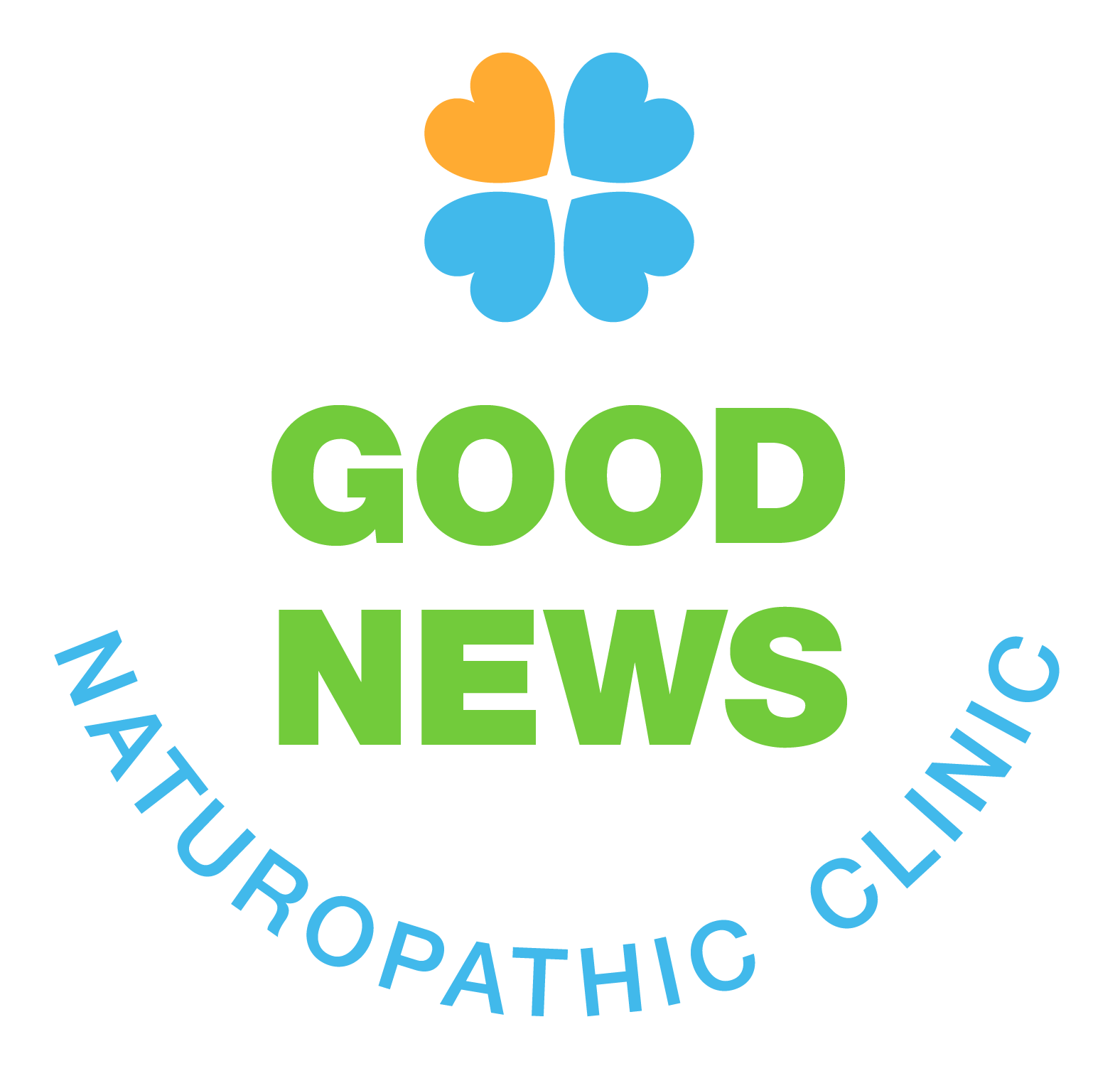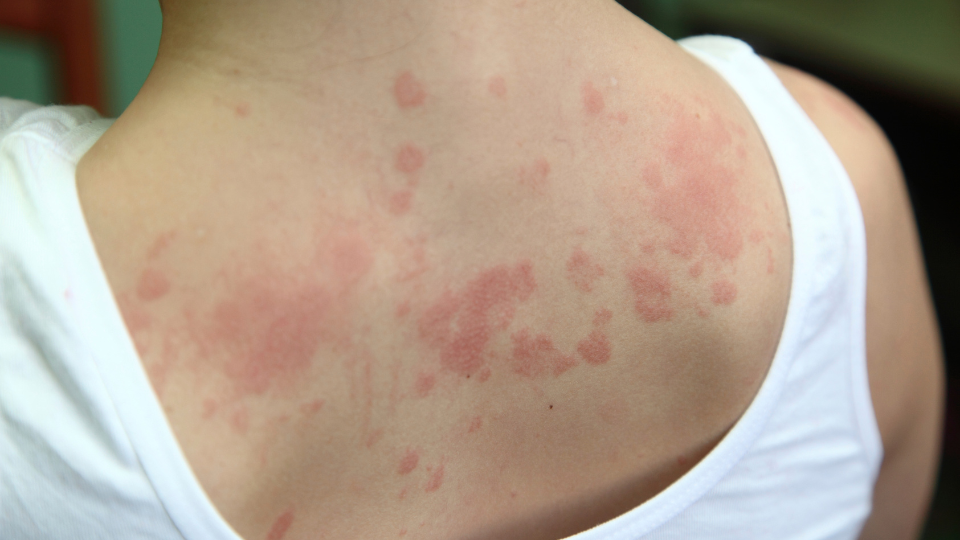- August 3, 2023
- By: Dr. Jamie Ahn
Beyond the Surface: The Truth About Perioral Dermatitis
Encountering a sudden congregation of red bumps encircling your mouth is anything but ordinary. Don’t worry, you’re not alone in this skin conundrum. In this blog, we’re diving into what causes perioral dermatitis, and revealing the strategies to break free from it. Let’s decode the secrets behind those mysterious red bumps!
What is Perioral Dermatitis?
Perioral dermatitis is a skin condition characterized by the appearance of red or pinkish bumps, pustules, and sometimes papules around the mouth, nose, and occasionally the eyes. The name “perioral” refers to the area around the mouth. It can be mistaken for acne or even rosacea due to its similar appearance.
Difference Between Acne, Rosacea, and Perioral Dermatitis
Acne, rosacea, and perioral dermatitis are distinct skin conditions that, despite some visual similarities, stem from different underlying causes.
Acne: Acne arises from excess oil production, clogged pores, and bacterial presence, commonly manifesting as blackheads, whiteheads, pimples, and cysts. It predominantly affects the face, chest, and back and often begins during puberty due to hormonal shifts. Triggers encompass genetics, hormones, diet, and certain skincare products, with treatments encompassing topical or oral medications and targeted skincare routines.
Rosacea: In contrast, rosacea is understood to be a multifaceted condition influenced by various factors (genetic, environmental, and vascular factors) that can disrupt the balance of the body’s systems.
Typically centered on the central face, it leads to facial redness, visible blood vessels, flushing, and sometimes pustules. Sun exposure, heat, spicy foods, alcohol, and specific skincare products can exacerbate it. Treatment entails topical treatments, oral antibiotics, laser therapy, and trigger avoidance.
Perioral dermatitis: Perioral dermatitis, meanwhile, is marked by red or pink bumps, pustules, and papules, often resembling acne or rosacea. Unlike the other conditions, it is localized around the mouth, nose, and occasionally the eyes. Alongside the physical manifestations, itching, burning, or discomfort might arise. It is more commonly seen in women than men and tends to occur in young adults.
Perioral dermatitis can be persistent and frustrating, as it can affect one’s facial appearance and self-esteem. Triggers can include overusing topical steroids, certain skincare products, hormonal fluctuations, and stress. Treatments encompass discontinuing steroid use, applying topical or oral antibiotics, addressing underlying factors, and considering dietary and lifestyle modifications.
It is crucial to differentiate these conditions due to their varying causes, triggers, and treatments.
Symptoms of Perioral dermatitis
- Red or pinkish rash around the mouth, nose, or eyes.
- Small, raised bumps or papules on the skin.
- Pustules (pus-filled bumps) resembling acne.
- Itching or burning sensation in the affected area.
- Dry or flaky skin around the rash.
- Skin may feel sensitive or tender.
- Rash can have a bumpy or rough texture.
- Skin might appear scaly or peel in some cases.
- Discomfort or pain when applying skincare products or cosmetics.
- Rash can extend slightly beyond the border of the lips.
It’s important to remember that these symptoms can vary from person to person and might resemble other skin conditions.
What Root Factors Contribute to Perioral Dermatitis?
Perioral dermatitis can have various root factors that contribute to its development. Several factors are believed to play a role in triggering or exacerbating the condition. Here are some of the key root factors that contribute to perioral dermatitis:
- Topical Steroid Use: Overuse or prolonged use of topical steroid creams or ointments can be a significant factor. Ironically, these medications are often used to treat skin inflammation, but they can lead to a rebound effect where the skin becomes even more inflamed when the steroids are discontinued.
- Microbial Imbalance: An imbalance in the skin’s natural microbial ecosystem can contribute to perioral dermatitis. Bacterial or yeast overgrowth can trigger an inflammatory response and lead to the characteristic red bumps and pustules.
- Skin Irritation: Harsh skincare products, heavy moisturizers, or cosmetics that clog pores and irritate the skin can disrupt the skin barrier and contribute to the development of perioral dermatitis.
- Hormonal Factors: Hormonal fluctuations, particularly in women, can play a role. Some women experience flare-ups of perioral dermatitis during menstruation or while taking oral contraceptives.
- Diet and Nutrition: Certain dietary factors might contribute to the condition. Diets high in sugar, processed foods, and dairy have been implicated in some cases of perioral dermatitis.
- Stress and Immune Function: Stress can weaken the immune system and trigger or exacerbate inflammatory skin conditions, including perioral dermatitis.
- Genetic Predisposition: While not fully understood, genetics could play a role in some cases, making certain individuals more susceptible to developing perioral dermatitis.
- Environmental Factors: Exposure to environmental pollutants and irritants can contribute to skin inflammation and exacerbate perioral dermatitis.
- Allergies and Sensitivities: Some individuals might have allergies or sensitivities to certain substances in their environment or skincare products that could trigger or worsen the condition.
Conventional vs Functional Medicine Treatment for Perioral Dermatitis
Conventional Treatment
Conventional medicine primarily focuses on alleviating the symptoms of perioral dermatitis, aiming to provide immediate relief from discomfort and inflammation. Treatment approaches within this framework often involve the use of topical or oral antibiotics to control the bacterial component of the condition. In some cases, topical corticosteroids might also be prescribed to reduce inflammation, despite the potential role they might play in causing or exacerbating the condition over time.
While conventional treatments can offer short-term relief and manage acute symptoms, they often fall short in addressing the underlying causes of perioral dermatitis, potentially leading to recurring issues.
Functional Medicine Treatment of Perioral dermatitis
In contrast, functional medicine takes a holistic and personalized approach to perioral dermatitis treatment. It delves beyond surface-level symptoms, aiming to identify and address the root causes that contribute to the condition’s development.
This approach considers the interconnectedness of various bodily systems and the uniqueness of each individual’s health history, genetics, lifestyle, and environment.
- Holistic Approach: Functional medicine aims to uncover and address the underlying root causes of perioral dermatitis, taking into account the interconnectedness of various bodily systems.
- Personalized Treatment: Functional medicine focuses on the individual’s unique history, genetics, lifestyle, environment and lab testing results to tailor treatment plans.
- Lifestyle Modifications: We place a strong emphasis on lifestyle changes, including dietary adjustments, stress management, and toxin reduction.
- Gut Health Consideration: Functional medicine recognizes the gut-skin connection and might involve strategies to improve gut health through probiotics, prebiotics, and dietary changes.
- Nutritional Support: Functional medicine practitioners might recommend personalized nutritional supplements based on lab testing to address nutrient deficiencies that could contribute to the condition.
- Stress Management: Techniques for managing stress, such as meditation and yoga, are often integrated into treatment plans.
- Natural Topical Approaches: We may recommend using gentle, natural skincare products that are less likely to disrupt the skin’s microbiome.
- Long-Term Focus: Functional medicine aims to provide long-term solutions by addressing the root causes, potentially leading to sustainable improvement.
- Individualized Healing: The approach acknowledges that healing takes time and varies for each person, promoting a patient-centered and individualized journey
Norwalk CT Naturopathic & Functional Medicine Doctor
If you or a loved one is struggling with perioral dermatitis, book a call with Dr. Jamie Ahn today. She is an expert Functional Medicine Doctor in Connecticut that offers expert guidance and support in navigating the journey towards better health and overall well-being while overcoming your skin issues.

